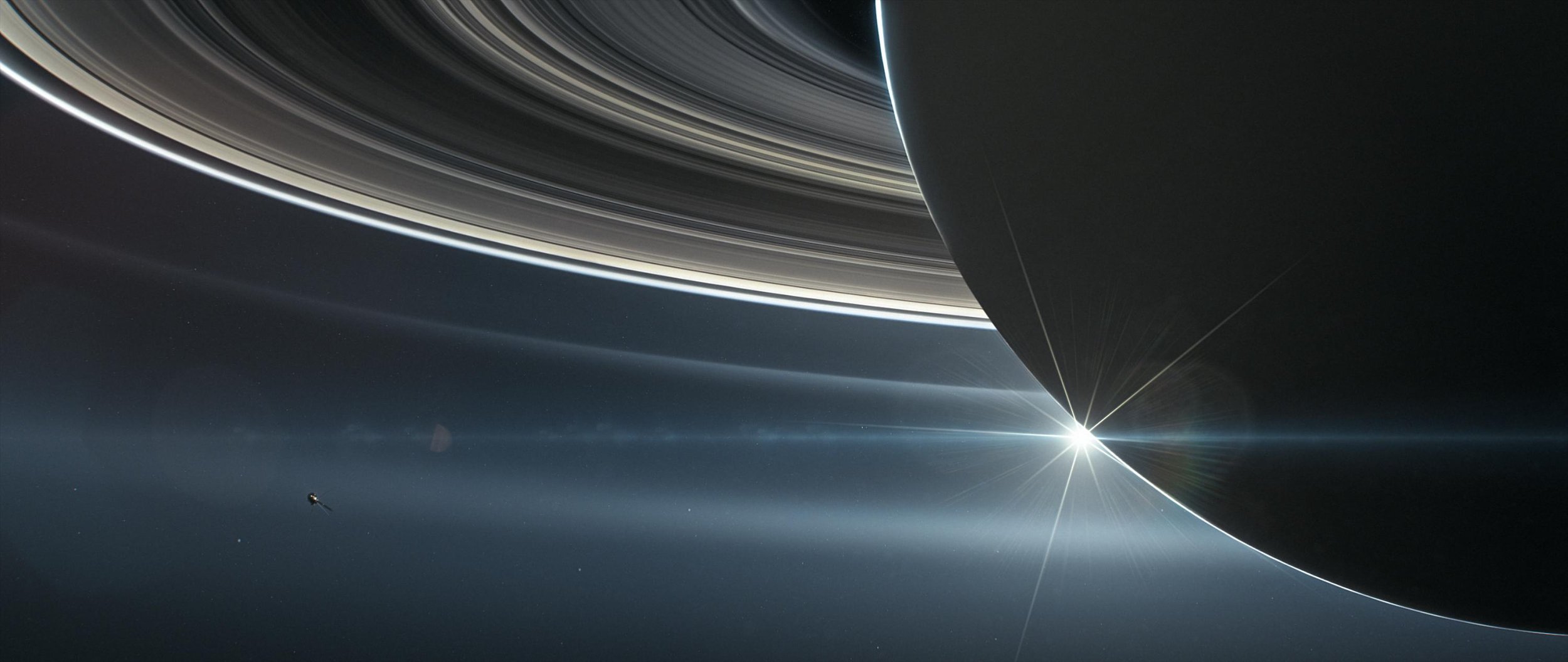Saturn may be the most recognizable planet in our solar system due to its gorgeous rings. But, perhaps due to their iconic nature, they are a common topic of discussion because there is disagreement on how they actually came to be.
Some scientists think that the rings formed billions of years ago in the early solar system; others believe they are a relatively recent phenomenon.
MIT researchers may have finally found the answer to this mysterious, age-old question
An eerie, yet gorgeous view of Saturn and its rings as seen by the Cassini spacecraft at a distance of approximately 700.000 miles - Image Credit: NASA/JPL-Caltech/Space Science Institute
Rings around Saturn
Although Jupiter, Neptune, and Uranus actually also have rings, the ones around Saturn are most visible and iconic. They were also the first to be discovered.
Saturn's rings are not visible to the naked eye from the surface of the Earth. The first person to ever see the rings was Galileo Galilei, using his telescope in the year 1610. Although he was not able to make out what they were.
Forty-five years later, however, Dutch mathematician and astronomer Christiaan Huygens was the first to put forward the idea that there exists some sort of disk around the planet. Over a hundred years later, Pierre-Simon Laplace, in his turn, was the first to describe the disc as a series of rings.
Nowadays, we know much more about the ring system, of course. Such as the fact that the planet is in the process of losing its rings at the speed of about a ton and a half per second (don't worry, at this rate, it would still take approximately 300 million years for them to fade away entirely).
Nevertheless, as mentioned in the introduction, one thing that remains a topic of discussion is the origin of these remarkable structures. A group of astronomers at MIT may have found the answer; they published their findings in the peer-reviewed journal Science.
Image Credit: NASA/JPL-Caltech
An ancient moon named Chrysalis
Saturn currently has 82 moons; however, the MIT team postulates that the gas giant had at least one more moon up until about 160 million years ago. The team named this missing moon 'Chrysalis.'
Up until that point, Chrysallis had been orbiting Saturn for billions of years, tugging on the planet in a manner that maintained its tilt in resonance with its neighbour Neptune. (Scientists have long thought this tilt originates in gravitational interactions with Neptune.)
The team thinks that 160 million years ago, Chrysalis' orbit became unstable, dragging it dangerously close to Saturn. Then, in a grazing encounter, the moon got utterly destroyed.
The loss of Chrysalis had a significant enough impact that it removed Saturn from Neptune's gasp, leaving Saturn with its current tilt.
The team thinks that most of Chrysalis crashed into Saturn; however, a tiny fraction of it has remained in orbit to this day, breaking into small icy fragments and forming the iconic rings we have come to adore.
Be sure to check out the paper published in Science for more details about the study. We have listed it below.
Sources and further reading:
Loss of a satellite could explain Saturn's obliquity and young rings (Science)
Observations of the chemical and thermal response of 'ring rain' on Saturn's ionosphere (Icarus)
Saturn Moons (NASA Science)
Why Jupiter's four largest moons are among the most exciting worlds in our solar system (Universal-Sci)
If you enjoy our selection of content consider subscribing to our newsletter (Universal-Sci Weekly)
FEATURED ARTICLES:









